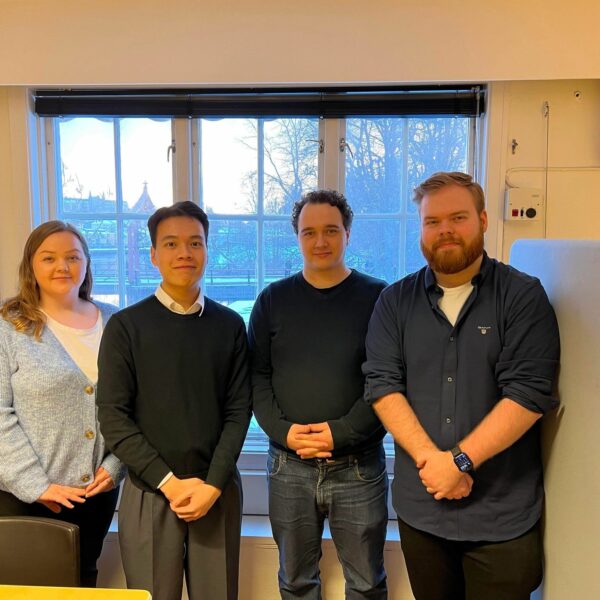

Social businesses trends to observe
Detecting emerging social movements that respond to the challenges faced by the population in situations of social vulnerability.
A continuous look at the 2.5 sector
Mapping trends can be seen as the art of critically observing the present to project what the future will be like. When we think about the universe of social impact business, this view must be permeated by the mission of detecting emerging social movements that respond to the challenges faced by the population in situations of social vulnerability.
One trend addresses the architecture of choices, term coined by Richard Thaler, Nobel Prize in Economics, in the book Nudge: Improving Decisions about Health, Wealth and Happiness. When we think of social impact businesses, with the use of nudges – defined as triggers or stimuli that help the user to make decisions that rationally benefit and preserve the freedom of choice – we can act on the behavior change of the individual, from stimuli that create new habits.
The new civic techs models form another trend. Companies focused on promoting transparency; decreasing information asymmetries – as to making government data more accessible; engagement of citizens; and community-based promotion (civic crowdfunding) should grow in the coming years and gain weight within the initiatives aligned with the concept of “open government”. These are solutions that transform technology into an instrument to support public power for the development of open innovation solutions; interlocution with citizens; and support in addressing public health and educational challenges, for example.

Another tendency is anchored in the proposal to look outside the larger centers and focus on more options for daily commutes, thinking about mobility, with two perspectives: access to basic services and increased availability and sharing. Provide access to basic services such as health, culture, and education by bringing these solutions to outlying communities, reducing distances or facilitating the movement of the population to hospitals, schools, and other places. Among the examples of this trend are mobile spaces that allow medical care in remote areas; emergency service; innovation in school transport system; and solutions that enhance safety in moving students to places of instruction. It is also important to expand the supply of transport modes or sharing services at an affordable cost, which are not available in certain regions. As examples, on-demand transportation services in hazardous areas; new means of transport adapted to the needs of residents of slums and peripheral areas; solutions that allow transport sharing for daily commutes; cars and bicycles at affordable prices.
Dealing with productive chains is also a trend – which in many cases have become long and complex, involving several stages of production and intermediation, operating in different locations. With this characteristic, the distance between the supplier and the consumer has a big impact on the final price of the product and squeezes the margin of the small producer. One example is the chain of events or food that suffers from high wastage in the logistics chain. In this scenario, there is an impact on the final cost for both the consumer and the small producer. The greater the number of intermediaries, the less this supplier appropriates the added value of the product, that is, the final income portion is diluted in the process.

Given this, the trend approaches the importance of solutions that reduce the number of intermediaries in the productive chains; we are talking about models that propose to solve some market asymmetries via information, commercial capillarity, distribution competence, among others. In practice, using technology to allow supply and demand to connect simply and directly.
Finally, a growing trend is one that encompasses employability beyond the insertion of people into the labor market. The proposal is to create mechanisms – through the entrepreneurship of social impact with technology – to expand the repertoire of human resources areas of companies of different sizes and sectors. We know that unconscious biases in selective processes dictate haphazard and non-inclusive recruitment.

In this context, technology can help build a new narrative for recruiting people, focusing on diversity and an exempt process. In fact, there is no diversity without promoting the inclusion of women, people of color, people with disabilities, LGBTQ +, elderly professionals (60+) and people from different regions, social classes and realities.
It is therefore clear that the technology and the look of the human being behind the solution will have, in the next years, a determining role for the gain of scale and for the dissemination of new ways to take the social impact to another level.



